What is the difference between peeling and scrub?
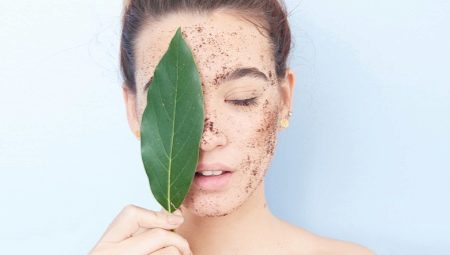
To preserve the beauty and youthfulness of the skin as long as possible, women use a lot of different methods and means, the most effective of which are peeling and scrub. These procedures help to quickly cleanse the skin surface from keratinized particles, make it smooth and velvety, and accelerate the regeneration processes in cells. It is extremely important to perform these procedures regularly, because without the timely removal of dead skin particles, even the most expensive creams and masks will not work. The effect of using a scrub and peeling will be similar, but despite this, the procedures are different from each other. And today we will tell you exactly what this difference is.
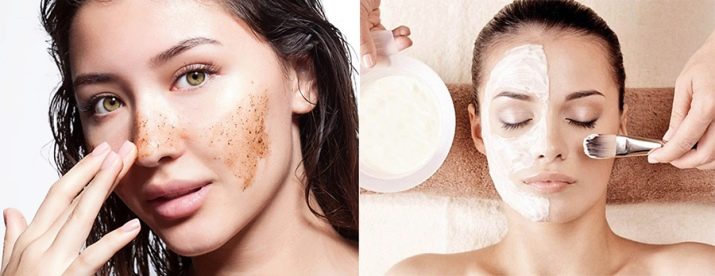
Composition
If you formulate the difference in the compositions of peeling and scrub as briefly and clearly as possible, you get the following:
- peeling - an acidic agent, which contains the smallest abrasive elements;
- scrub is a more viscous substance that is made up of small, solid particles.
But not everything is so simple.
The difference in the compositions of these funds depends on what type they are.
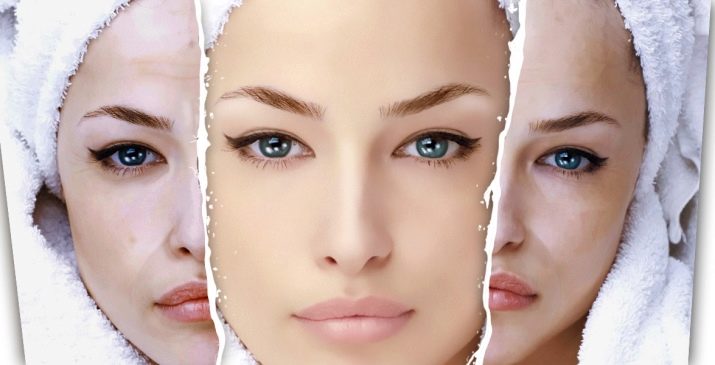
For example, there are the following types of peels:
- Chemical. The main component of this product is a concentrate of various acids (ANA, fruit, etc.). It is these substances that activate the regeneration processes in the skin tissues.
- Enzyme. Also, these peels are called enzymatic, since the effect on the skin is manifested precisely due to certain enzymes.
In addition, there are mechanical and hardware types of peels. The first type of cleansing involves skin resurfacing using abrasives. The second is the effect on the skin with a laser, ultrasound, radio frequency waves, low or high temperatures.The scrub contains abrasive particles that have a more gentle mechanical effect on the epidermis. The base of the scrub is usually gel, cream or even clay. And as abrasive components can be ground grape, nut or apricot seeds, wax granules, sea or any other salt, coffee.
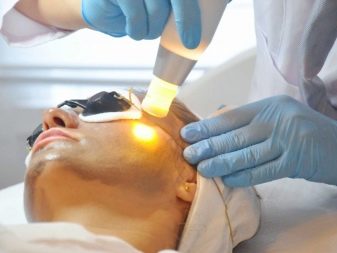

Operating principle
Peeling is a procedure for affecting the skin, the result of which is the removal of dead particles. After peeling, the skin of the face becomes perfectly smooth, clean and fresh. The appearance of the skin improves, regeneration processes are started. After exfoliation, the pores become noticeably cleaner, and fine wrinkles simply disappear.
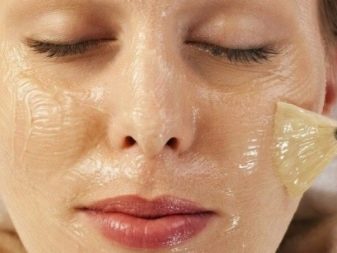
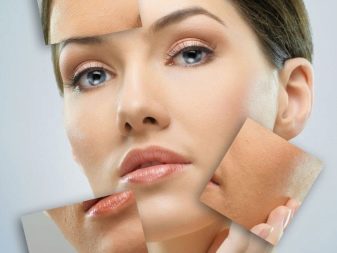
Depending on the condition of the skin, not only the type of peeling is selected, but also its intensity.
According to this parameter, peeling is divided into three groups:
- Surface. This type of procedure is prescribed when there are no serious problems on the skin and it is only necessary to maintain the epidermis in this state. For superficial peeling, drugs are used that have a mild effect on tissues and do not cause severe peeling of the skin.
- Median. In this case, not only the surface of the skin is affected, but the layers of the epidermis up to the capillaries. This procedure is more intense and helps to cope with minor imperfections on the skin of the face.
- Deep. This is the most difficult and intensive procedure of all of the above. It is prescribed only when the skin needs serious and intensive care. For example, in the complex treatment of acne, removal of scars, etc. Deep peeling should be performed only by an experienced professional. After the completion of the procedure, a long period of rehabilitation will follow, during which the skin will be intensively renewed and exfoliated. The process is not easy, but the results after its completion will be great.
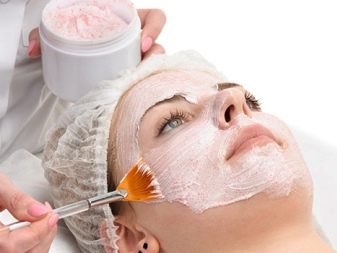
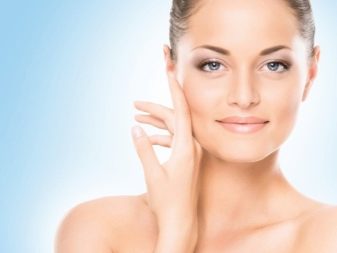
Unlike peeling, a scrub cannot affect the deeper layers of the skin.
Due to the use of this tool, only the surface layers of the skin are exfoliated. The skin also becomes cleaner and renewed, the cells are enriched with oxygen. With regular use of the scrub, your skin will always remain smooth and beautiful. And the scrubbing procedure itself will not take much of your time. After applying the scrub, nourishing and moisturizing face masks will be especially effective. After all, if you do not exfoliate dead cells before applying such funds, some of them will simply dry out on the stratum corneum and will not nourish the epidermis.
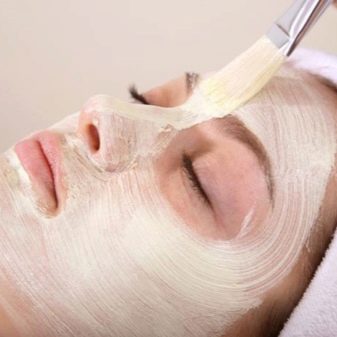
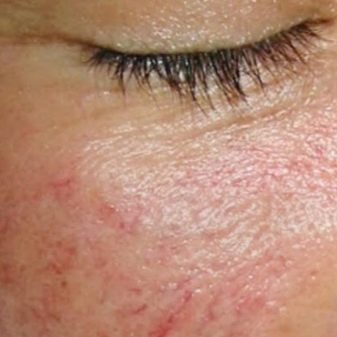
And to make it even clearer for you how these skin care procedures differ, we will consider a few more differences between peeling and scrub:
- The scrub is effective only when cleansing the surface layers of the epidermis; it is possible to have an effect at a deep level only with the help of peeling.
- After the chemical peeling procedure, a certain amount of time is required for skin rehabilitation. The specific period depends on the degree of intensity of the preparations, while after using the scrub, you do not need to take time to restore the tissues.
- If your skin is in disrepair, then most likely the scrub will not help significantly improve the situation.
- Deep-acting acid peels should be done only in a beauty parlor, and homemade or professional scrubs are easy to use on their own, in your own bathroom, without fear of any complications.
- Peels need to be applied at longer intervals than scrubs.
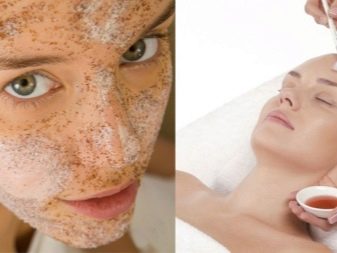
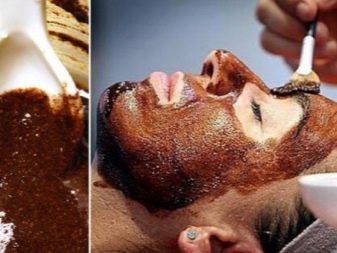
- Some types of peels, especially if done in long courses, are quite expensive for the patient. And scrubs are available to everyone, since they can be prepared even from improvised means. For example, coffee grounds and salt residues.
It is also important to note that after intense exposure to acids on the skin, you will have to follow a number of rules.
You will need to limit, and it is better to completely exclude your exposure to the sun and in the solarium, not to go to the bathhouse, sauna, pool and gym during skin regeneration. If possible, do not apply decorative cosmetics on the face for at least the first couple of days after peeling. This is not a complete list of restrictions, since the rules of conduct during the skin regeneration period differ depending on the type of peeling. But in general, we can safely say that after the efforts made, you will certainly get a gorgeous result.
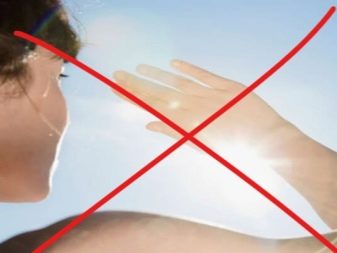
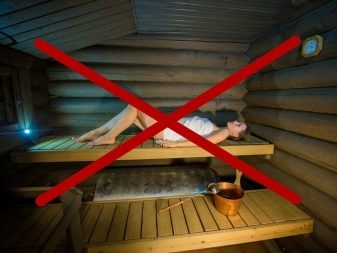
What's better?
Even cosmetologists cannot unequivocally answer this question, because despite the fact that these procedures are similar in terms of the adjusted parameters, they still have significant differences, so the conclusion is this: to maintain the ideal condition of the skin, it is recommended to use both peels and scrubs. If you use these funds correctly, you can achieve truly amazing results and preserve the youth and beauty of your skin for a long time.
But it should be noted that the scrub can be easily used to treat the whole body, while peeling is usually used only to cleanse the face.
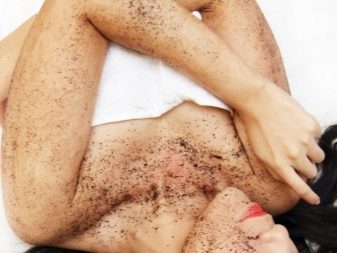
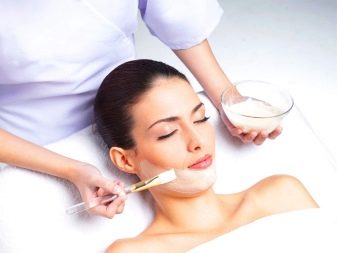
Also remember that peels are strictly not recommended during the summer period or before holidays in hot countries, because when exposed to sunlight, noticeable age spots may appear on the skin damaged after peeling. To get rid of them completely later, you will have to spend a lot of time and money, while the scrub can be used without fear at any time of the year.
Another important point is skin rehabilitation after peeling. It is better not to plan a visit to a beautician before an important event, because over the next few days, the skin will peel off intensively, and it is due to this that the tissues are renewed. Full recovery after deep peeling will take about a month.
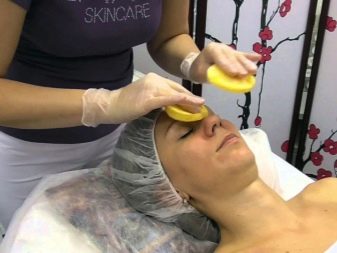
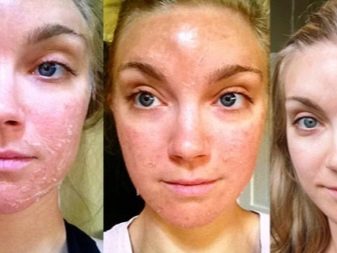
Can you combine?
If you are a happy owner of normal skin type without any problems, then combining peeling and scrub is not only possible, but also necessary. However, it should be borne in mind that these care procedures have certain indications and contraindications for use.
In particular, different types of peels are recommended for use if your skin has the following problems:
- acne;
- black spots;
- shallow wrinkles;
- dull color;
- scars and post-acne;
- hyperpigmentation;
- excess sebum secretion.
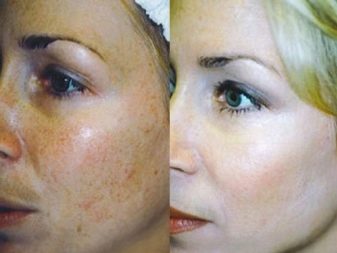
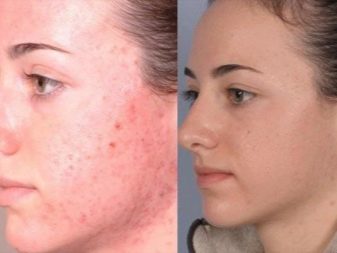
Even one peeling procedure will significantly improve the condition of the skin. However, you should not use peeling if your skin is thinned and characterized by increased sensitivity, as well as in the presence of open wounds and abrasions, herpes, pustular inflammations. Chemical peels are contraindicated in pregnant women. They are prescribed preparations based on fruit acids. Also, before carrying out the cleansing procedure, it is imperative to do a test for individual intolerance to the components of the drugs.
Chemical peels have many more contraindications than a regular home scrub.
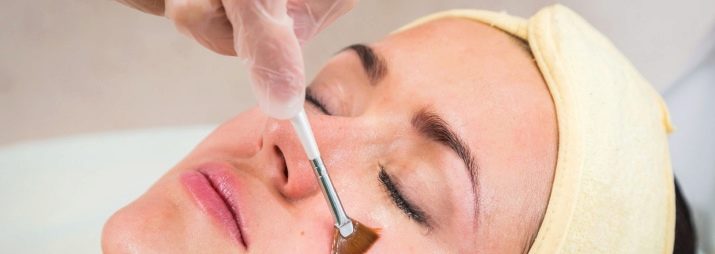
Therefore, before carrying out peeling, be sure to consult with a specialist. Do not under any circumstances do a deep exfoliation at home on your own, as if mistreated, you can only harm your skin, not improve its appearance.
The indications for a home or professional scrub are almost the same. With the help of this tool, it will be possible to narrow and cleanse the pores, improve blood microcirculation. The scrub perfectly prepares the skin for further care and enhances the effect of cosmetics. You can not use a scrub if you are allergic to any component in the composition of the product, as well as if there are purulent inflammations on the skin.The fact is that the particles of the scrub will "spread" the infection from these wounds over the entire surface of the skin, which means that there is a great risk that after using the scrub the number of rashes will only increase.
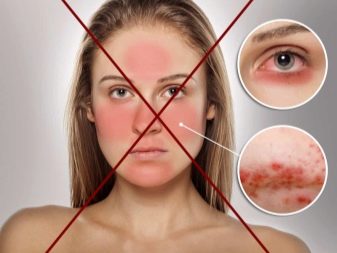
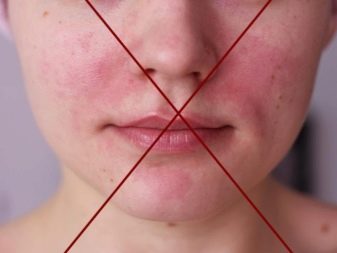
It is also not recommended to use scrubs after a fresh sunburn, with general poor health and with any neoplasms on the skin, since the small abrasive particles in the scrub are not always even and smooth, which means they can cause microtrauma to the tissues.
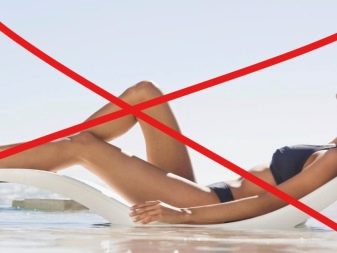
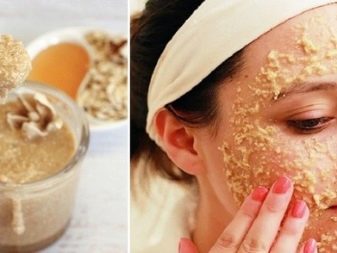
So, peeling and scrub are different from each other, and therefore you can decide which type of procedure is right for you right now after consulting a specialist. Do not forget that these procedures help to cleanse and renew the skin, but they will not be able to achieve a significant effect of skin rejuvenation and lifting. Use the products with care, follow all the recommendations of the doctors, and you will get beautiful and clean skin for a long time!
You will learn more about these environments in the video.








